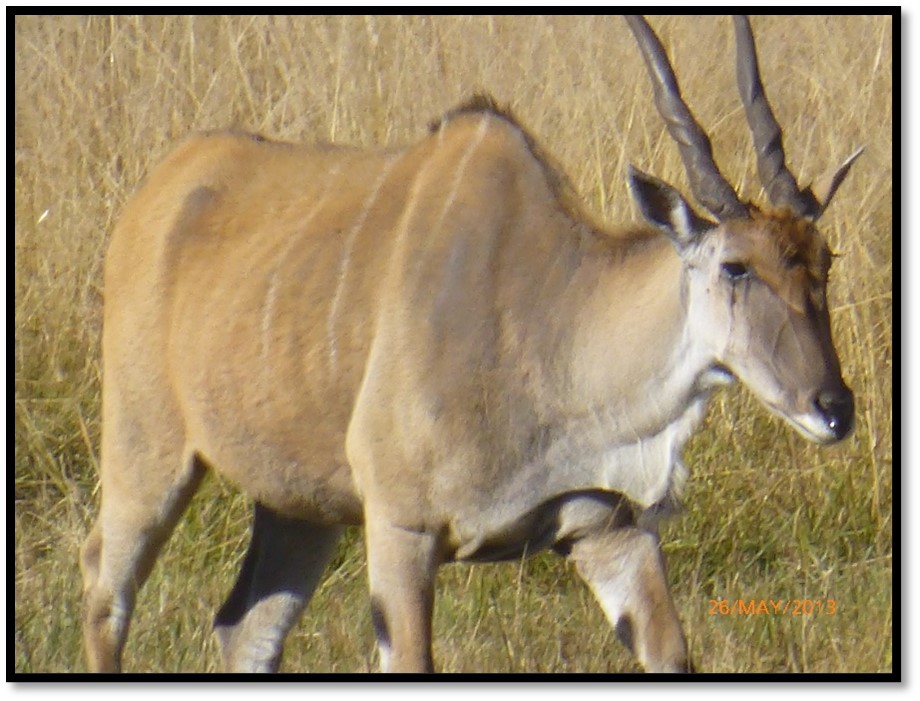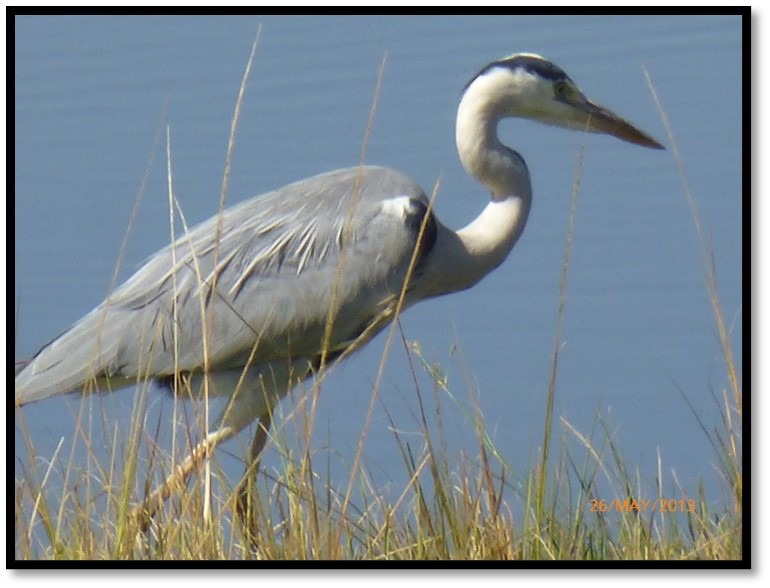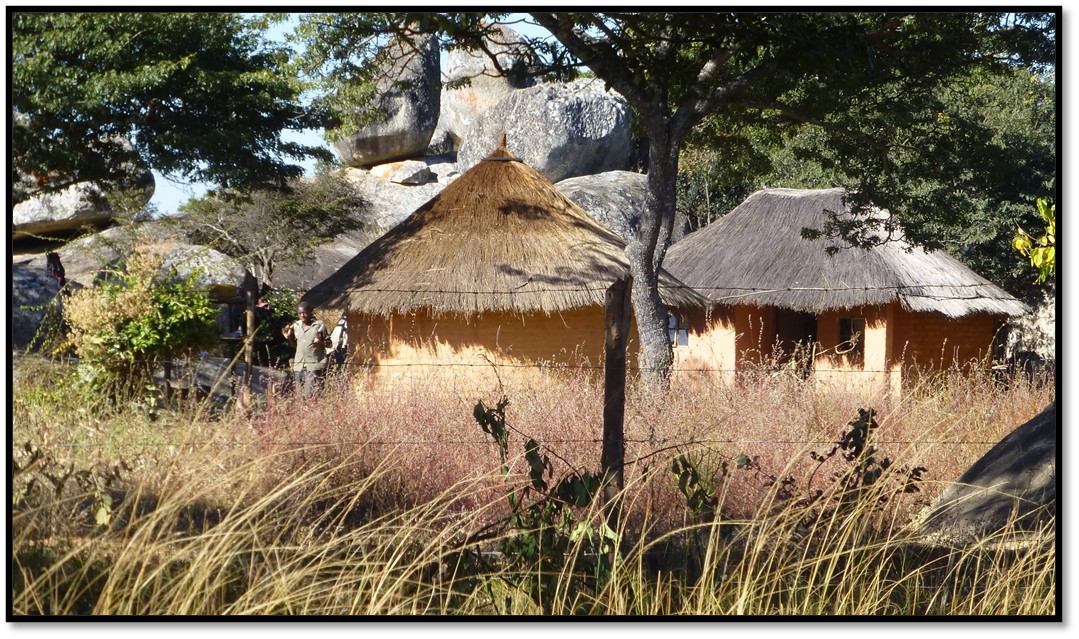Traditional Ceremonies which persist
By Dominic M. Mandaza
These stories of Shona Customs were first published in 1970 and were amongst the best essays received in a nationwide essay competition on Shona culture and tradition. Their authors ranged from a 15 year-old schoolboy to a university student and they came from Sakubva in Mutare to Berejena Mission near Masvingo.
Although more than 50 years have passed since the essays were written and many aspects of Shona customs have changed, it is hoped that the stories will give insight into what many parents and grandparents of the present generation learnt from their own relations in the 1960’s.
Mambo Press, originally established by the Catholic Church at Gweru, publishes a wide selection of books in many subjects and for a wide audience.
A close analysis of Shona traditions reveals that although some traditional ceremonies have gradually disappeared under western influence there are other ceremonies, which perhaps because they are considered vital, have remained.
Among the Shona speaking people, death has always been followed by a sequence of ceremonies which vary from group to group and from clan to clan but fulfil the same purpose. Immediately after a person dies, his hands are placed on his shoulders and the legs are bent backwards to fit into a short grave. Meanwhile, the house is prepared for the funeral ceremony. If the deceased was a polygamist, the funeral ceremony is conducted in the House of the first wife (vahosi) He is laid on the huva (platform in the house where clay pots are arranged) A large blanket or a reed mat (rukukwe) vertically encloses the huva.
Mourning begins and all the people from the neighbouring villages converge on this home. Upon entering the village, one is deeply moved not only by the weeping crowds, but by the sight of the blood relatives of the deceased wailing in grief, dashing themselves against the walls. Short drums are played and traditional songs are sung for the dead. This continues throughout the evenings while the body is still in the house.

The burial ceremony takes place one three days after death when the required blood relatives have arrived. The only exception to this rule is in the case of a chief who is kept secretly after death while the vadzimu (ancestors) are being consulted and various rites performed. Later, the chief is buried secretly. People are only informed after the burial.
The most important person in the burial ceremony is the sahwira (ritual friend) He prepares the body for burial by wrapping it with pieces of cloth bought by the deceased’s sons. (if they are old enough to do this) The head of the family chooses the sight of the grave (guva) and other men dig it. If a shadow from the dead body appears while the body is being wrapped, it means the Father has refused the cloth of the son because of wrong committed against the dead father. The son has to put things right immediately or face future trouble.
Sometimes a shadow may appear when the body is about to be carried out for burial. This means that there is something which has been left undone, or that something is wrong. In this case, an n’anga has to be consulted before the burial can be undertaken. As soon as the required thing is done, the shadow disappears and the body is placed on the bier (banda) and taken for burial. Just before the people carrying the body leave the periphery of the village they must swing round once and then move away. This is a sign to show the spirit of the dead man that he should not be displeased at leaving his village but is still welcome. As the funeral prediction moves on, some people weep terribly as they go while others sing.
At the graveside, people sit down still mourning, while the sahwira stands inside the grave. He receives the body into the grave and buries it, carefully arranging certain belongings of the deceased in the right places. A reed mat is fixed so as to enclose the part of the grave where the body lies and then earth is carefully moved into the entrance. When it is about to be filled, members of the family are asked to drop some lumps of earth into the part being filled. The purpose of this is to discourage them from thinking about this dead man. Some stones are planted on top, the biggest stone marking the point where the head lies. The daughters-in-law (varoora) bring some water in clay pots (makate) for those working on the grave to wash their hands.

When the burial is complete, everybody goes away while the old men of the clan gather round the grave and hand over by prayer the spirit of the dead to the ancestors. They all clap and the head of the family says: “Here is your person whom you have taken from us. We now hand them to you, welcome him in the spirit world and also look after us who are left outside.” Then they go home and the sahwira sprinkles some medicine in the house of the dead man to make it habitable for the living. He should, in all circumstances, be respected and be given what is due to him for his duties. People from afar continue to come and mourn and expressed condolence (kubata maoko) to the blood relatives and are shown the grave by the sahwira.

The following day, the deceased small possessions are spread on a reed mat and distributed amongst his blood relatives. This is done by the dunzvi (master of ceremonies) usually a senior nephew of the deceased. The rest of the possessions are shared out after the last ceremony kutamba guva. In about two weeks’ time beer to mark the decay of the body (hwahwa hwehonye) is brewed by the sahwira’s wife or wives at the deceased man's home. This is a very simple ceremony and beer drinking and tribal dancing are the important features.
After a month or so, another ceremony is held to determine the cause of the death (gata) This is a private ceremony held somewhere very far away at a special N’angas home. A delegation of blood relatives makes this mission and when it arrives at the N’angas home, The head explains to him the purpose of the delegation and pays the required courtesies and fee. Then the N’anga using his hakata (divining bones) and a transparent object discovers the cause of death and names the guilty person.
The last important ceremony in connection was death Is kutamba guva, i.e. a ceremony held to bring back home the spirit of the dead. In the case of chief the ceremony is held after several years in accordance with the decision of important spirits of the areas (mhondoro) The people responsible for the kutamba guva ceremony are the blood relatives, the dunzvi and the sahwira. Beer is brewed by the sahwira’s wife or wives with the help of the relatives of the dead. People from far and near are invited to the ceremony and an ox is killed. There is much beer drinking and eating of meat interspersed with the appeasement of the dead man's spirit. Also tribal dancing and singing mark the occasion.
Immediately following the ceremony, there is the inheritance ceremony (kugadza nhaka) At this time, the wife or wives of the deceased have the option of becoming the wife of one of the deceased’s brothers. The brothers stand in a row or sit on a reed mat. The wife holding the rod or spear of her late husband hands it to the man she chooses. It is unusual for the man to refuse. When he accepts the implement she kneels down and makes some deep curtsies (kupfunda tsiva) The dunzvi then asked the man to take care of his dead brother’s family. The possessions such as cattle, fields and other things are either shared among the blood relatives or are handed over to the man now responsible for the family.
Among the Shona tribes the installation of a new chief is a very honoured occasion. The procedure differs slightly from tribe to tribe. In theory, the chieftaincy passes from the elder to the younger brothers in turn or from father to the eldest living son. In practice it can become very complicated. and must always be in accordance with the wishes of the tribal spirits of the area (mhondoro) In making the choice, the ancestral spirits are consulted through their mediums. The head svikiro (medium) announces the name of the new chief when the ceremony for the guva of the late chief is about to be completed. Then on another day beer is brewed at the new chief’s home and many people are invited. The senior dunzvi organises this and the new chief is installed amid cheering and rejoicing. Some of the customs accompanying the ceremony have either been dropped or modified under the impact of western influence.

Sometimes a mudzimu (ancestral spirit) demands a bull (if male) or cow (if female) and a ceremony is held (kudira mombe mudzimu) to give the animal the name of the mudzimu. The people kneel down and the senior man speaks to the mudzimu: “We have accepted your request. Here is the bull we have given you.” Everybody claps and the speaker continues: “If it is true that you want this beast, then the child or whoever it is should become well again.” Water is poured onto the beast’s back from a small ladle (mukombe)
Later than mudzimu will demand this beast as a sacrifice when the beast becomes unruly and goes about eating people’s crops. Outside the village under some trees the beast is killed, wrapped with a piece of blue cloth and then introduced to the mudzimu: “Here is your beast which you asked us to give you. Tell other vadzimu about this and all of you give us good health and protection.” Women bring sadza to this place and meat is cooked for the people to enjoy. The remainder of the meat is distributed.
It is still believed that good spirits as well as bad spirits must dwell somewhere. A bad spirit kills people, it can come from a mutorwa (foreigner) who died in that village without a wife or was killed by somebody in the village. Also, if one beats one’s father or mother, his or her spirit will return after death as a bad spirit (ngozi) In some cases only a fine is needed to appease this ngozi, but at other times, the spirit has to be exorcised. This ceremony is held under a muchakata tree. An experienced N’anga endeavours to transfer the troublesome spirit from the person to a black fowl or black goat. The N’anga, surrounded by the people of the village, says to the evil spirit: “Go away! We don't want you.” (chienda zvako hatikude)
Ceremonies for rain making are held at the beginning of summer each year. A small hut (dzimbahwe) is built in the forest and rapoko is collected from the people of the area by the dunzvi. Beer is brewed at the hut by women who are past child-bearing age. A prayer is said over the beer and it is left overnight for rainmaking gods to have the first drink. The next morning everyone comes to drink the beer and pray to the ancestors for good rains. After the ceremony, rain usually comes and the people are pleased.
Mapfuve is also a rain making ceremony. It is held outside the house of the chief or the headmen: no beer is brewed, but people assemble during the evening and hold the mapfuve dance and sing to the gods of their area. This is done usually when it is already summer, but rains have not yet come or have been insufficient.
If there is no rain after these ceremonies, then it is obvious that something is wrong in the area: some people have committed incest or some other kind of immorality, and the spirits are upset. It is believed that if something is wrong in the country the most ancient gods of Mashonaland get together and cause a terrible drought. To rectify this, people have to pay a fine.
In areas where there is little European influence, traditional ceremonies persist, but in areas affected by European influence they have been discontinued or practised with modifications.

Reference
Clive and Peggy Kileff (Editors) E. Lee (illustrations) Shona Customs. Mambo Press in association with the Rhodesia Literature Bureau, Gwelo, 1974
